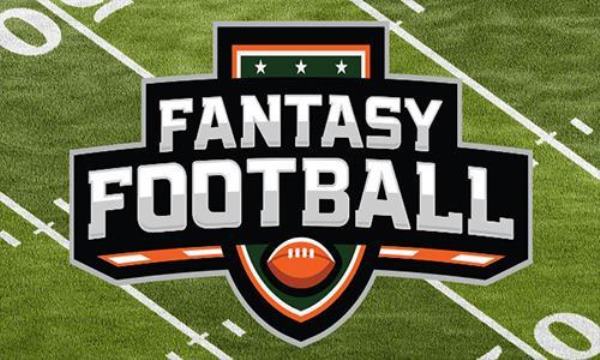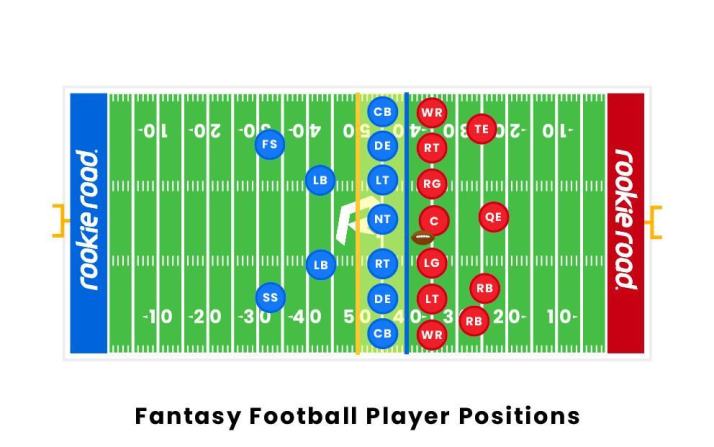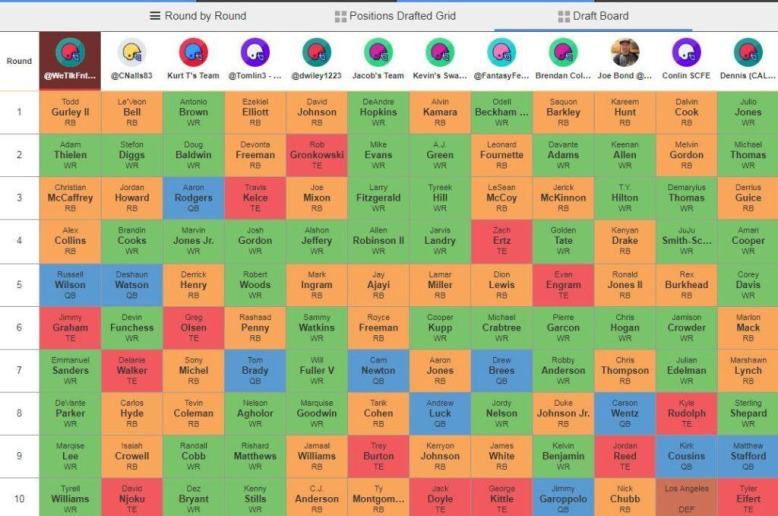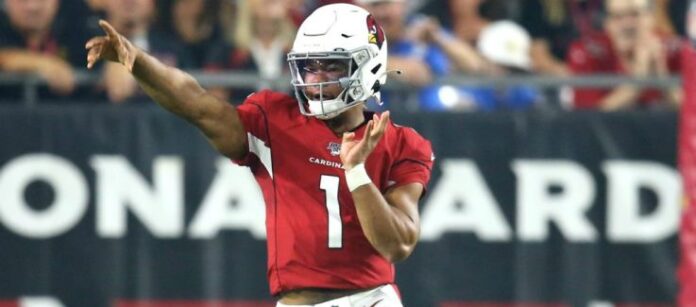We’ve all been there—staring at our fantasy football draft board, heart racing as the clock ticks down. Do we grab that star running back or take a chance on a high-upside wide receiver? Should we be the first to draft a tight end or wait and stock up on other positions? As we deliberate over each pick, one question remains crucial: how many of each position for fantasy football should we draft to build the perfect roster? Understanding positional allocation is key to maximizing your team’s potential and dominating your league.
Fear not, fellow fantasy managers! We’re here to break down the ideal positional allocation for your fantasy football team. Whether you’re a seasoned pro or a wide-eyed rookie, this comprehensive guide will equip you with the knowledge to dominate your draft and set yourself up for season-long success. So grab your favourite beverage, get comfortable, and let’s dive into the fascinating world of fantasy football roster construction.

The Foundations: Understanding League Settings and Scoring
Standard vs. PPR: How Scoring Affects Positional Value
Before we can determine the optimal number of players at each position, we need to consider the scoring format of our league. The two most common scoring systems are:
- Standard Scoring: Touchdowns reign supreme, with yardage providing a steady baseline of points.
- PPR (Points Per Reception): As the name suggests, players receive an additional point for each catch, boosting the value of pass-catchers.
The scoring format dramatically impacts positional value. In standard leagues, workhorse running backs who gobble up yards and find the end zone frequently are worth their weight in gold. PPR formats, on the other hand, elevate the status of high-volume receivers and pass-catching backs.
League Size and Starting Lineup Requirements
Another crucial factor in determining positional allocation is the size of your league and the starting lineup requirements. A typical 12-team league might require:
- 1 QB
- 2 RB
- 2 WR
- 1 TE
- 1 FLEX (RB/WR/TE)
- 1 K
- 1 DEF
However, variations abound. Some leagues may feature multiple FLEX spots, while others might employ a superflex position that allows a quarterback. The number of teams in your league also plays a role – a 10-team league will have a deeper pool of available talent than a 14-team league.

How Many Of Each Position For Fantasy Football needs to be drafted
Now that we’ve laid the groundwork, let’s explore the ideal number of players to target at each position. Remember, these are general guidelines – don’t be afraid to adapt based on how your draft unfolds!
Quarterbacks: The Field Generals
How Many QBs to Draft in Single-QB Leagues
In leagues that start only one quarterback, the position becomes less of a priority. With 32 NFL teams and only 12 starting spots in a typical fantasy league, there’s usually plenty of talent to go around. We recommend drafting:
- 1-2 Quarterbacks
If you land an elite QB early, one may suffice. However, grabbing a solid backup with upside can provide insurance and trade bait.
Superflex Leagues: The QB Gold Rush
In superflex leagues, where you can start two quarterbacks, the position skyrockets in value. In this format, aim for:
- 2-3 Quarterbacks
Securing two starting QBs is crucial, and a third can be a valuable asset given the scarcity of the position in this format.
Running Backs: The Workhorses of Fantasy
Running backs are the lifeblood of fantasy football. Their ability to accumulate points through both rushing and receiving makes them invaluable assets. We suggest targeting:
- 4-5 Running Backs
This allows for your two starters, a FLEX option, and depth for bye weeks and injuries. In PPR leagues, you might lean towards the higher end of this range to secure pass-catching specialists.
Wide Receivers: Turning Targets into Fantasy Points
The wide receiver position offers incredible depth, with many NFL teams employing three-wide sets as their base offense. For a well-balanced roster, shoot for:
- 5-6 Wide Receivers
This gives you plenty of options for your starting spots and FLEX position, while also providing depth to navigate bye weeks and play matchups.
Tight Ends: The X-Factor
Tight end can be a frustrating position in fantasy football. Outside of the elite options, production can be inconsistent. We recommend:
- 1-2 Tight Ends
If you invest early in a top-tier tight end, you may only need one. Otherwise, drafting two mid-to-late round options and playing matchups can be a viable strategy.
Kickers and Defenses: The Oft-Overlooked Positions
While kickers and defenses may not be the sexiest picks, they can still impact your weekly matchups. For each position, we suggest:
- 1 Kicker
- 1 Defense/Special Teams
There’s no need to carry backups at these positions. You can stream options based on matchups throughout the season.

Advanced Strategies: Adapting Your Approach
The Zero RB Strategy: Zigging When Others Zag
For the bold fantasy manager, the Zero RB strategy turns conventional wisdom on its head. This approach involves:
- Avoiding RBs in the early rounds
- Loading up on elite WRs, and potentially an elite TE or QB
- Targeting high-upside RBs in the middle and late rounds
If employing this strategy, you might shift your positional allocation to:
- 5-6 Running Backs
- 6-7 Wide Receivers
This approach requires a keen eye for potential breakout RBs and a willingness to play the waiver wire aggressively.
The Robust RB Strategy: Hoarding Backfield Talent
On the flip side, the Robust RB strategy prioritizes securing elite running back talent early and often. This might lead to a distribution like:
- 6-7 Running Backs
- 4-5 Wide Receivers
The theory here is that elite RB production is scarcer and more predictable than WR production, making it worth the heavy investment.
Putting It All Together: Sample Roster Constructions
Let’s look at a few example roster constructions for a 12-team league with standard starting requirements:
Balanced Approach
- 2 QBs
- 5 RBs
- 6 WRs
- 1 TE
- 1 K
- 1 DEF
Zero RB Variation
- 1 QB
- 5 RBs
- 7 WRs
- 2 TEs
- 1 K
- 1 DEF
Robust RB Build
- 1 QB
- 6 RBs
- 5 WRs
- 2 TEs
- 1 K
- 1 DEF
Conclusion: Flexibility is Key
As we wrap up our journey through the intricacies of fantasy football roster construction, one theme emerges: flexibility is paramount. While these guidelines provide a solid foundation, the true key to success lies in adapting to the flow of your draft and the specific dynamics of your league.
Remember, fantasy football is as much an art as it is a science. Trust your instincts, stay informed about NFL depth charts and training camp battles, and don’t be afraid to ziag when everyone else zigs. With the knowledge you’ve gained here, you’re well-equipped to craft a roster that balances stability with upside, setting you up for a thrilling season of fantasy football dominance.
Now go forth and conquer your draft! May your running backs find the end zone, your wide receivers rack up receptions, and your quarterbacks sling touchdowns like there’s no tomorrow. Here’s to a season filled with nail-biting victories and bragging rights galore!



